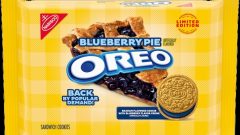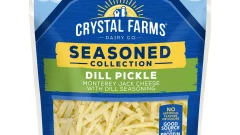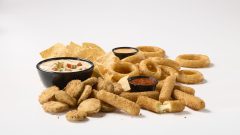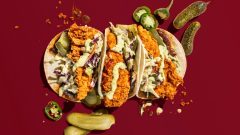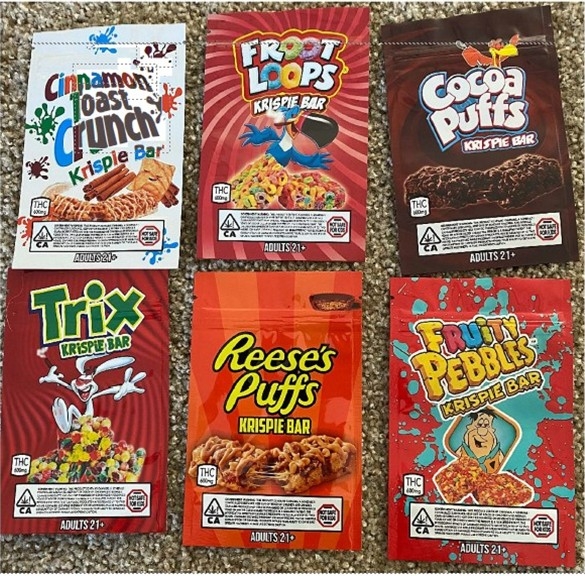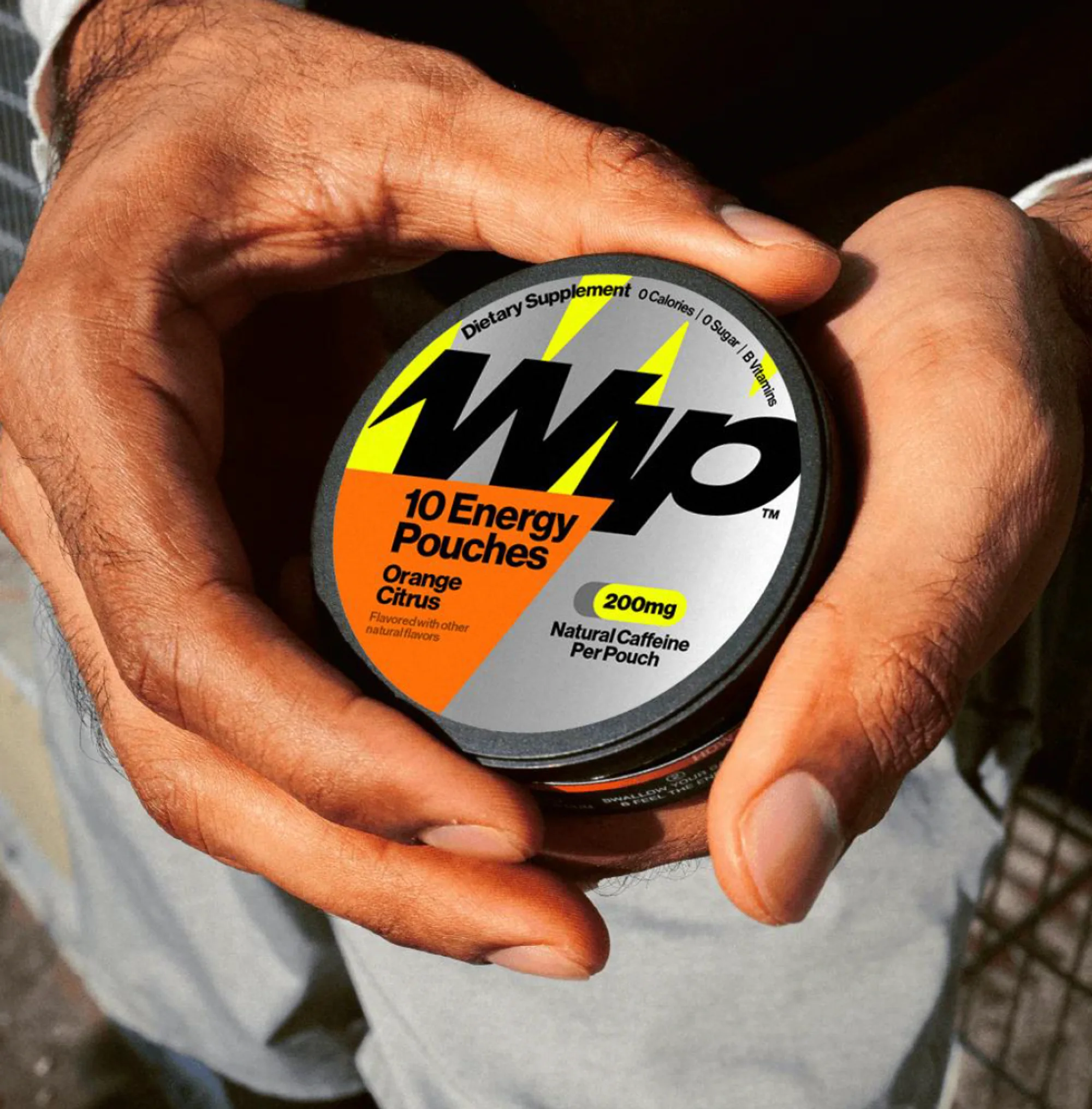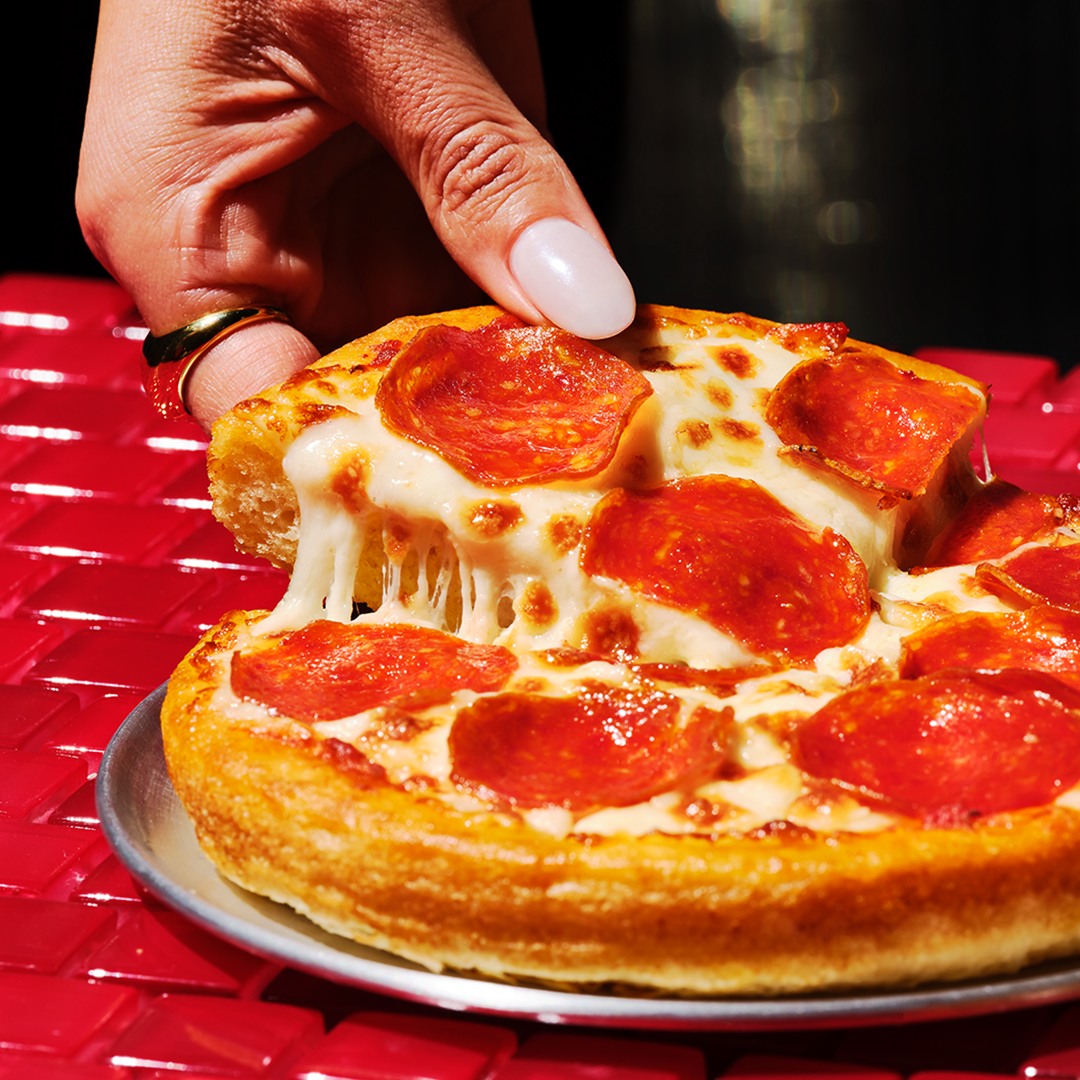The FDA Is Warning About A Common Food That Could Harm Your Dog

It’s been known for some time now that xylitol, a crystalline substance used as an artificial sweetener in many foods and drinks, is harmful to dogs. Although this was already known, it is certainly not considered common knowledge and it was never officially announced by the FDA, until now.
According to the report posted a week ago, xylitol can be found in a variety of household items and common foods that we never would have suspected before. Some of the more common items that contain the harmful substance are:
-breath mints
-baked goods
-cough syrup
-chewable vitamins (both children and adults)
-mouthwash
-toothpaste
It turns out that xylitol, while completely harmless and safe for us, is toxic to dogs due to the affect it has on their pancreas. The pancreas is the gland that releases insulin and regulates the level of blood sugar in people and animals, keeping us from feeling too lethargic or too excitable, and adversely, keeping us alive. So why is xylitol so dangerous to dogs and so safe for us?
When dogs eat something containing xylitol, the xylitol is more quickly absorbed into the bloodstream, and may result in a potent release of insulin from the pancreas. This rapid release of insulin may result in a rapid and profound decrease in the level of blood sugar (hypoglycemia), an effect that can occur within 10 to 60 minutes of eating the xylitol. Untreated, this hypoglycemia can quickly be life-threatening.

Dogs may not be fountains of overflowing wisdom, but they are tenacious and determined. Leaving anything containing xylitol on the counter or table could mean trouble for you, especially if it’s something that smells particularly good and your dog can access countertops and tables. More often than not, the most common case of dogs being poisoned by xylitol is from chewing gum. It doesn’t take much for little Buddy to catch a whiff of that Juicy Fruit in your purse then go HAM on it.
If your dog does get his paws on some food or household items containing xylitol, look for any of these most common symptoms:
- vomiting
- decreased activity
- weakness
- staggering
- incoordination
- collapsing
- seizures
In some cases, hypoglycemia (or low blood sugar levels) doesn’t take effect for 12-24 hours, so immediate response to any xylitol-related accidents is the best route for making sure your little pup stays safe before anything potentially life-threatening begins happening. In order to make sure your dog is staying healthy, it’s always best to read the ingredients for anything you would consider feeding your dog outside of the realm of dog food.
Some things you can do to make sure your dog never gets his paws on some xylitol is to keep any products containing xylitol high and out of reach from your pup, check the labels of anything you feed them (especially sweets), and never use human toothpaste on your dog in place of canine toothpaste.
Cat owners – While it hasn’t been completely proven that this substance is dangerous to cats as well, since they generally have an aversion to sweets, it’s best to try and keep it away from them anyways. Better to be safe than sorry.
Check out this article for more information on human foods that can be fatal to your pet.




